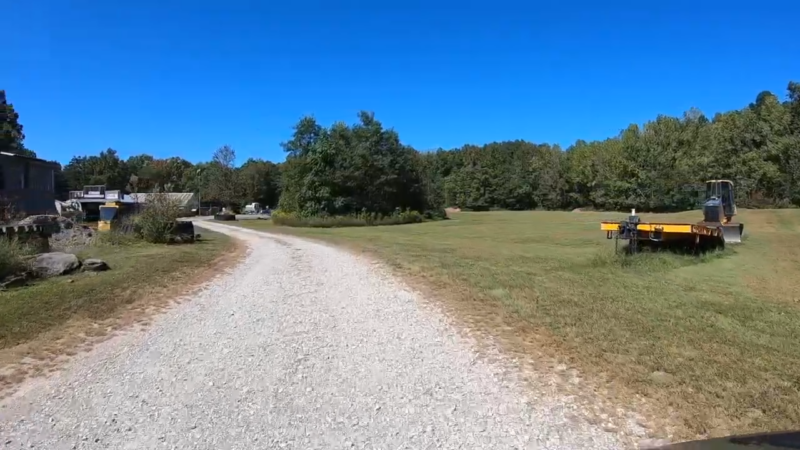Coal was the bread and butter for so many people in the history of the US, especially during the late 19th and early 20th centuries.
Times are completely different today, but I feel that learning about what this country was before can be a good insight into what it can be in the future.
The foundations are there to be examined and tended to.
That is why I decided to try and learn about Indiana County’s coal mining industry.
Let’s talk about it.
Commodore – The Model Coal Town

When I first visited Commodore, it was a step back into the history of coal mining in Indiana. It was like walking into a carefully planned model town, conceived and built by the Clearfield Bituminous Coal Corporation (CBC) in 1920. Commodore’s name honors Commodore Cornelius Vanderbilt, who was the founder of the railroad.
Different from any other coal towns of its time, it was envisioned as a community where miners and their families wouldn’t just survive, but thrive. CBC was notable not just for its scale of operations but for its unusually progressive approach to worker welfare and town planning.
Commodore, as a planned community, featured rows of nearly identical houses that, despite their uniformity, were a cut above the typical miner’s dwelling. Each house was equipped with indoor plumbing and electricity—a rarity at the time—and the streets were paved, providing a clean and orderly environment for its residents.
The town itself was structured to foster a strong community spirit. A large community hall stood at the center, hosting events and meetings that brought residents together.
Educational and recreational programs were common and organized with the intent of nurturing a sense of belonging and morale among the workers and their families.
Personal stories from the residents of Commodore often highlight the supportive nature of the CBC management. The company not only provided better living conditions but also encouraged personal development and community building.
One former resident, whose father worked in the mines, recalled summer picnics and holiday parties hosted by the corporation, making life in Commodore feel less isolated and more interconnected.
Penn Mary Coal Company

The next step in my research was the site of the Penn Mary Coal Company, another significant chapter in Indiana’s coal mining saga. Founded in the early 1900s, Penn Mary was a powerhouse in the coal industry, known for its expansive operations and significant contributions to the local economy.
Visiting the remnants of Mine #1, I could imagine the bustling activity that once defined this complex.
The Penn Mary Coal Company was ahead of its time in implementing safety measures and operational innovations. Their commitment to worker safety was evident from the various improvements they made to mining technology and the rigorous safety protocols they enforced.
The impact of these innovations was profound, not only increasing productivity but also enhancing the safety and well-being of the miners. Workers at Penn Mary were some of the first to experience mechanized coal cutting, a significant advancement over the manual pickaxe method.
This not only sped up production but also reduced the physical toll on the miners. Surrounding the mine, the town of Heilwood grew under the company’s patronage.
Heilwood featured:
- Well-constructed Schools
- Churches
- Medical Facility
These amenities were designed to attract and retain a skilled workforce.
These institutions formed the backbone of the community, providing social stability and enhancing the quality of life for residents.
Final Reflections

Visiting Commodore and Penn Mary was going through multiple layers of history, each layer revealing more about the lives of those who lived and worked in these coal towns. The remnants of these communities—be it the crumbling structures or the fading memorabilia—tell stories of resilience and adaptation.
What struck me most was the sense of continuity and change. The empty fields and quiet woods that now stand where miners once toiled are poignant reminders of an era that shaped the cultural and economic landscape of Indiana. Preserving these sites is crucial.
Fortunately, the local community does invest a lot of effort to preserve them.
I also had the opportunity to experience the rich heritage and steadfast traditions of the Amish community in Smicksburg, offering a different yet equally compelling perspective on enduring cultural values and ways of life.
They offer invaluable lessons about the industrial heritage of the U.S., the spirit of innovation, and the importance of community in the face of hard labor. It is what America was built upon, and we should be proud of it.







